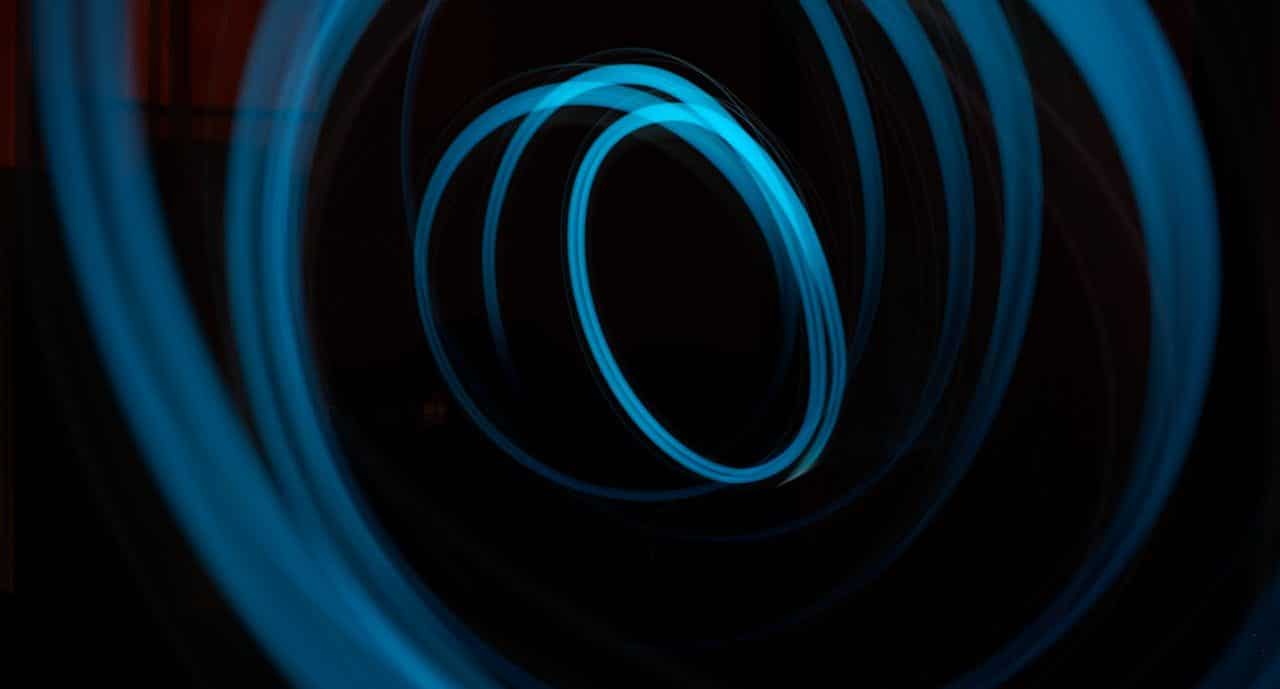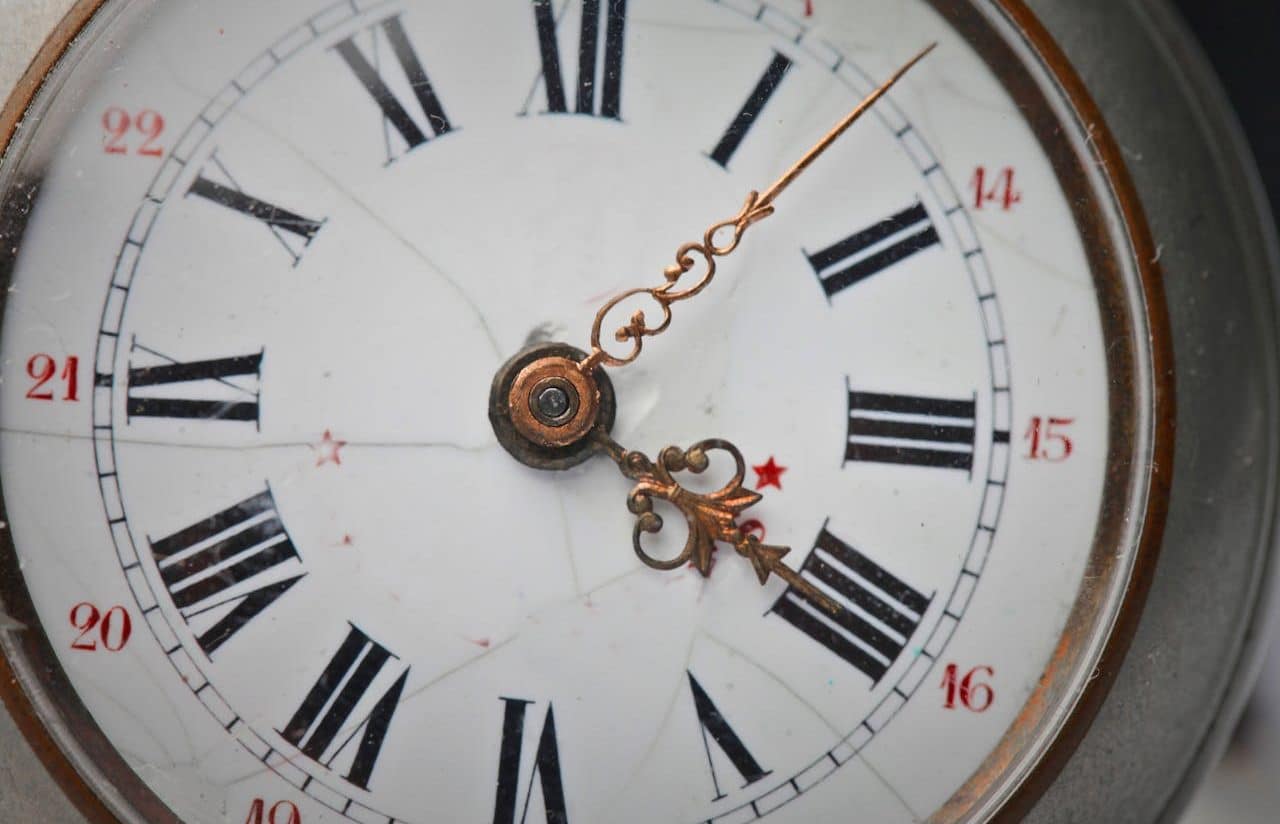
Thomas Young's experiment showed how waves interact with each other, revealing the wave nature of light.
The double slit experiment is a classic physics experiment that demonstrates the wave-particle duality of light and other particles. It was first made by Thomas Young in 1801, and involves passing light through two narrow slits. When projected on a screen behind the slits, an interference pattern, typical of waves, is observed. However, when performing the experiment with particles such as electrons, surprisingly this pattern also appears, showing that they have properties of both particles and waves.
Origin and evolution
The double slit experiment was designed to resolve a dispute over the nature of light. At the time, there were two main theories : Newton's corpuscular theory, which stated that light was composed of particles, and the wave theory, which suggested that light was a wave.
Thomas Young's experiment
Young's goal was to demonstrate that light had wave properties. To do this, he passed it through two small slits in an opaque screen. If light were composed of particles, you would expect to see only two illuminated stripes behind the slits. However, he saw interference patterns of waves , with alternating stripes of light and darkness, generating crests and valleys that interfered with each other. It was a great step forward for the wave theory of light.
Evolution in the quantum era
As physics advanced into the 20th century, it was discovered that not only light, but also particles such as electrons, exhibit wave properties and interference patterns. This led to the formulation of wave-particle duality , one of the fundamental principles of quantum physics .
Most intriguingly, when performing the experiment with individual particles, the interference pattern still appeared, but only after enough impacts had accumulated on the screen. This suggested that each electron was somehow interfering with itself, challenging classical intuition about how particles should behave.
Implications in quantum physics
This phenomenon was key to the development of deeper ideas about the nature of reality in quantum physics. The Bell experiments , designed in the 1960s by physicist John Bell, extended these principles to the realm of quantum entanglement , another surprising phenomenon in which two particles can be correlated in such a way that what happens to one instantly affects the other. another, regardless of the distance.
Bell's experiments were designed to test Bell's inequality , which sets limits on the correlations that can be observed in a quantum system if the principles of classical physics, such as local realism, are correct. Together with the Aspect experiment , among others, it confirmed that quantum entanglement was real, further challenging traditional ideas of causality and localization.
Dispersion experiments
Scattering experiments also played a role in quantum understanding, particularly in the interaction between subatomic particles, where wave-particle duality and quantum probabilities are fundamental. In these experiments, particles such as protons or electrons are made to collide or interact with other particles to study their internal structure, and the results are consistent with the concepts that arise from the double slit experiment.

Quantum field theory has changed our understanding of energy and matter at all scales, from subatomic particles to the observable universe.
Related theories
Einstein's theory of relativity
It focuses on gravity and the relationship between space and time, but has indirect implications for the double slit experiment. Relativity demonstrates that the perception of time and space is observer-dependent, challenging classical notions of objectivity in experiments, especially when considering speeds close to the speed of light. However, it does not directly address the observed wave-particle duality.
Quantum field theory
It extends quantum mechanics by postulating that particles are excitations of underlying quantum fields. In the context of the double slit experiment, this theory describes particles not only as localized objects, but as manifestations of a quantum field that can exhibit interference properties, which aligns with the patterns observed in the experiment.
Unification theories
They seek to combine the fundamental forces (electromagnetic, strong and weak nuclear, and gravity) into a coherent theoretical framework. Although a completely unified theory has yet to be achieved, the double slit experiment raises challenges for how gravity and quantum particles behave on a microscopic scale, which could lead to a major breakthrough.
string theory
It postulates that the fundamental particles are not points, but small vibrating strings. Related to the double slit experiment, this theory suggests that quantum properties of particles, such as interference, could be explained by vibrations and extra dimensions. However, there has not yet been direct experimental validation of these ideas.
Cosmic inflation theory
It describes a period of extremely rapid expansion of the universe just after the Big Bang. Although its focus is on cosmology, this theory shares with the double slit experiment the idea that quantum principles play an essential role in the universe, since quantum fluctuations during inflation would have seeded the structures of the cosmos that we see today. .
Quantum information theory
It applies the principles of quantum mechanics, such as entanglement and quantum superposition, to the transmission and processing of information. The double slit experiment is relevant here because it raises fundamental questions about the role of the observer and how information is measured and processed in quantum systems. The observed interference illustrates how quantum information distributes and collapses when measured.

The Heisenberg uncertainty principle challenges the classical notion of precise measurement of moving particles.
Implications of quantum mechanics
The double slit experiment is fundamental to understanding several implications of quantum mechanics.
Heisenberg uncertainty principle
It establishes that it is not possible to know simultaneously and with absolute precision certain pairs of properties of a particle, such as its position and momentum. In the double slit experiment, this means that in trying to determine which slit a particle passes through, we perturb its trajectory, destroying the interference pattern.
Quantum superposition
During the experiment, the particles are in a state of superposition, meaning they pass through both slits simultaneously until they are measured. This is what generates the interference pattern on the screen.
Wave function collapse
When you look at which slit a particle passes through, the wave function (which describes all possible paths) collapses into a single path. When measuring, the interference disappears, showing that the observation affects the result.
Quantum measurement debate
This experiment is central to the debate about how and when observing a quantum system causes wavefunction collapse. Some interpret that it is the act of measuring that defines the reality of a particle in the experiment.
Quantum observables
Measurable properties of a system, such as the position or momentum of a particle. In the double slit experiment, attempting to measure position alters the quantum behavior of the particles, implying that quantum reality is sensitive to how and what is measured.
observable universe
Although the experiment is performed at the microscopic level, its implications challenge our understanding of the observable universe. It demonstrates that what we observe at a macroscopic level is just a reality collapsed from a richer and more complex structure in the quantum world, where the act of measurement influences what we perceive.
